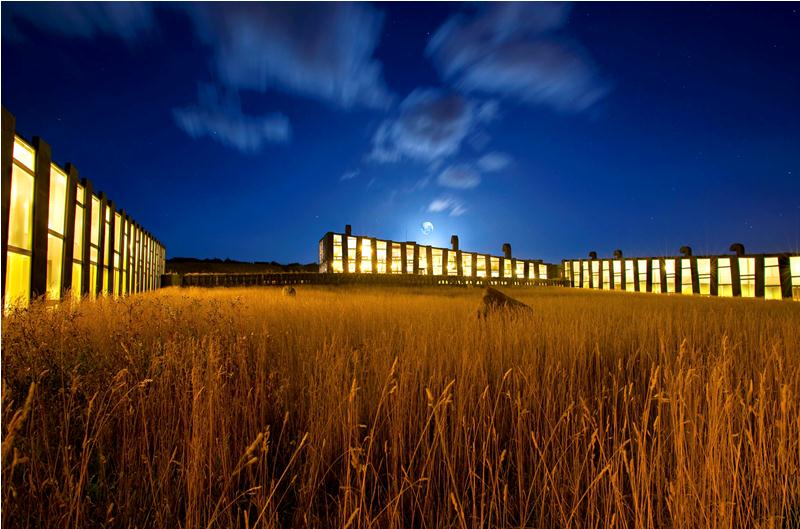-

An upper-floor view from Lastarria Boutique Hotel.
-

Opened in 2011, the hotel is a refurbished 89-year-old mansion.
-

Hand-woven horsehair jewellery known as crin.
-

At Atelier Carlos Perez, Perez sews hand-dyed fabrics into shirts and jackets.
Alluring Lastarria
The neighbourhood to explore in Santiago, Chile.
Back in 1987, the great food writer Patricia Wells opined that the true character of Paris no longer existed in the French capital, but rather had relocated to the smaller city of Lyon, a reference to the former’s explosive growth and corresponding loss of intimacy. Visiting Santiago today, one recalls that same sentiment, with the exception being the heart and soul of Chile’s capital may be found in not a different city, but rather within a smaller section of its larger self. The last time I saw Santiago, truly, it was in Barrio Lastarria.
Although on a map it might seem rather unimposing, Lastarria is in fact one of the oldest and most bohemian of Santiago’s many neighbourhoods. Settled in the 1500s, it developed its character and reputation as an intellectual haunt in the first half of the 20th century, when it was home to such celebrated Chilenos as painter Nemesio Antúnez, who once served as cultural attaché of the Chilean Embassy in the United States, and the novelist and Chilean civil war commander, Luis Orrego Luco, among others. This was also the period during which many of its most interesting and architecturally important buildings were constructed.
To truly immerse yourself in Lastarria’s atmosphere, book a room at Lastarria Boutique Hotel. Opened in 2011, its owners spent over a year redeveloping an 89-year-old mansion into a 14 room hotel, taking care along the way to preserve the building’s integrity, creaky floorboards and all. Its hidden gem is the oasis of calm offered by the courtyard and pool next to the breakfast room and bar, the peacefulness of which may tempt you to stay in and work on the next great Chilean novel.
Upon tearing yourself away from the hotel, make the time to visit some of Chile’s best art museums. The Museo Nacional de Bellas Artes, housed in the middle of the Parque Forestal, is comprehensive enough to offer an overview of Chilean art history without consuming an entire day, while the Centro Gabriela Mistral, known as the GAM, affords visitors a more modern perspective on the Chilean arts through dance, music, sculpture, and other disciplines.
After culture, there is shopping, and Lastarria provides much in that regard, including many stores devoted to items uniquely Chilean. The boutique Ona specializes in handcrafted clothing and artifacts from the Andes, while at the diminutive shop Ají, nearly-lost techniques like the making of jewellery from dyed and hand-woven horsehair—an extremely labour-intensive, ancient practice known as crin—live on in unique and attractive pieces. Meanwhile at Atelier Carlos Perez, hand-dyed fabrics are sewn into shirts and jackets. And since it would be a shame to visit Chile without indulging in some of the country’s fine wines, the Santiago Wine Club, next door to Carlos Perez, carries about 150 labels, all of which are small production, highly sought vintages.
Hunger pangs may also be sated in any number of ways. Some of Santiago’s finest sandwiches, packed with slow-cooked meats and roasted vegetables, may be enjoyed in the casual ambiance of José Ramón Chopería & Sanguchería, alongside a pint of local craft beer. Or, you may take libations on the street side patio of El Barisino while practicing your Spanish with the locals, who seem to populate the café’s tables non-stop from opening to closing. For something more substantial, turn to Café Don Victorino, a restaurant-bar where the student and after-work crowds mix and mingle over plates of ceviche, grilled octopus, and fried fish; or, try the generous platters of grilled meats at Sur Patagónico. And because the national spirit must be explored, Chipe Libre Républica Independiente del Pisco provides an unparalleled selection of piscos from both Chile and Peru—both countries lay claim to the alcohol’s origin—available in tasting flights or in the classic pisco sour.
To end your day like a 1930s Santiago bohemian, climb the stairs to the second floor of Bar Berri and enjoy the elegant scene with a pisco sour or glass of Carménère in hand. You might find yourself musing on why anyone would feel the need to ever leave this historic, seemingly idyllic centre of Santiago life.



